Amerindian Art on playing cards
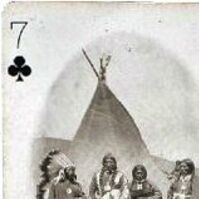
"Amerindian" refers to the indigenous peoples of the Americas, including North, Central, and South America, as well as the Caribbean islands. These peoples are also sometimes referred to as Native Americans or Indigenous Peoples, and they have unique cultures, languages, and histories that predate European colonization of the Americas.
In certain instances these people have suffered injustice and/or exploitation, and experience ongoing struggles for recognition and reparation.
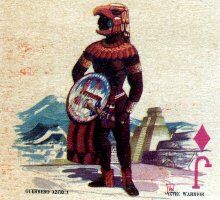
Aeronaves de Mexico
Special pack for Aeronaves de Mexico S.A., designed by Ramón Valdiosera Berman, mid-1960s.
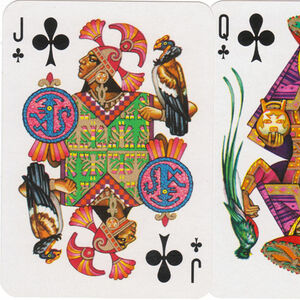
America
“America” playing cards designed by Teodoro N Miciano, 1960.
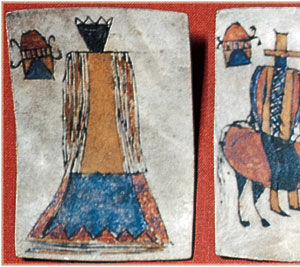
Apache cards by Tonto Naipero
Apache rawhide playing cards by ‘Tonto Naipero’, c.1871.
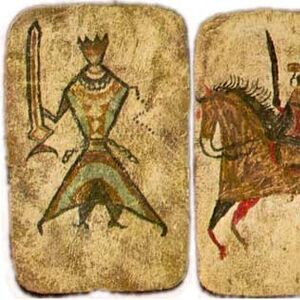
Apache Playing Cards
Apache Indian Playing Cards made on rawhide, first recorded 1875.
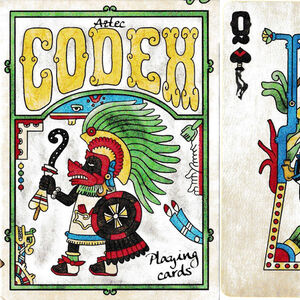
Aztec Codex playing cards
Aztec Codex playing cards illustrated by Emmanuel Valtierra, USA, ©2015.
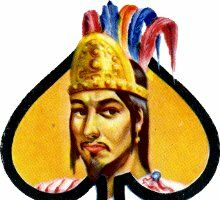
Baraja Cuauhtémoc
Baraja Cuauhtémoc published by Treviño Narro, Monterrey, Mexico Original artwork by P. X. Santaella featuring Aztec and other important pre-Columbian cultures.
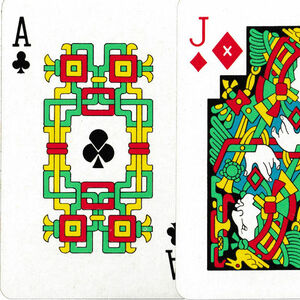
Baraja Maya
Original designs inspired by Mayan art and culture published by Fernando Güemes, Mexico.

Calendario Inka
“Calendario Inka” playing cards published by Power Casinos, Lima, Peru, c.2004.
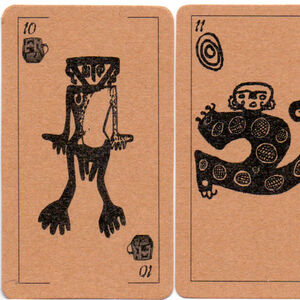
Cartas Precolombinas
Spanish playing cards with Pre-Columbian designs from Argentina, 2001.
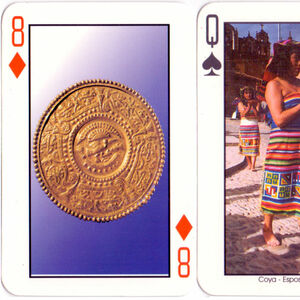
Cusco Inca Souvenir
Pre-Incas & Incas Souvenir Playing Cards, Cusco, Peru, 2000.
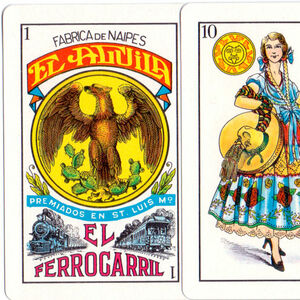
El Ferrocarril
Naipe El Ferrocarril made by La Cubana, S.A. (Fabrica de Naipes El Aguila), Mexico, c.1960
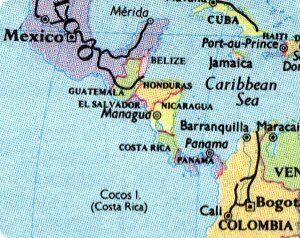
Guatemala
Playing Cards from Guatemala
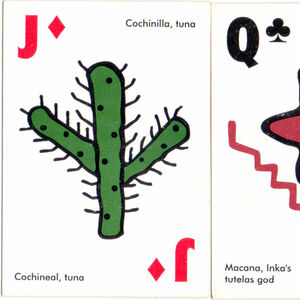
Inka Culture
Inka Culture playing cards, Peru, c.2000, promoting alpaca and cotton.
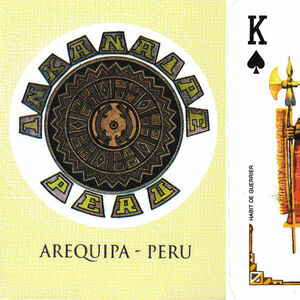
Inka Naipe Souvenir
54 colour photographs of costumes and artefacts connected with the Inca civilisation, unknown publisher, Arequipa, Peru.
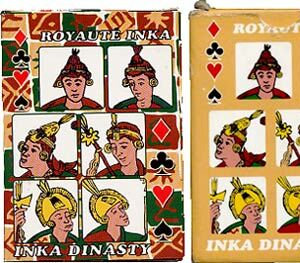
Inka-Dynasty
'Inka-Dynasty' playing cards are based on historic 16th century designs by the Peruvian chronicler Felipe Guamán Poma de Ayala, and printed by Power Casinos, Lima, Peru, c.2004.
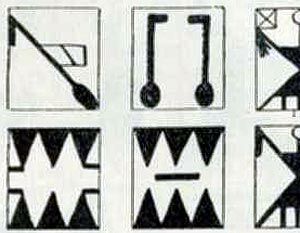
Las Cartas de Tacuabe by Manos del Uruguay
Tacuabé was a Charrúa native from Uruguay, an indigenous tribe that became extinct following European conquest and colonisation.

Latin American Playing Cards
Playing cards had been introduced to the Americas with explorers such as Columbus or Cortés, whose fellow countrymen were keen gamblers. Cards were imported from Spain since the 16th century. Local production usually imitated Spanish cards.
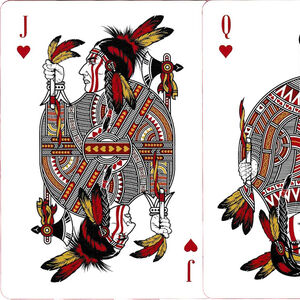
Malam playing cards
Malam playing cards created by Michael Muldoon, USA, 2015.
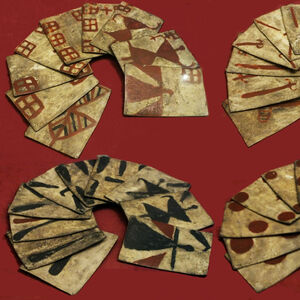
Mapuche Indian Playing Cards
Spanish-suited playing cards made on rawhide and said to have been used by Chilean Mapuche Indians, XVI-XVII century
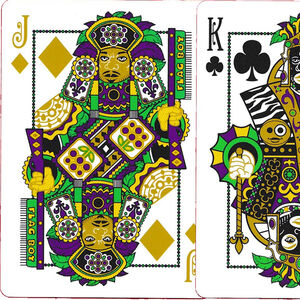
Mardi Gras playing cards
Mardi Gras playing cards illustrated by Dave Edgerly, USA, 2015

